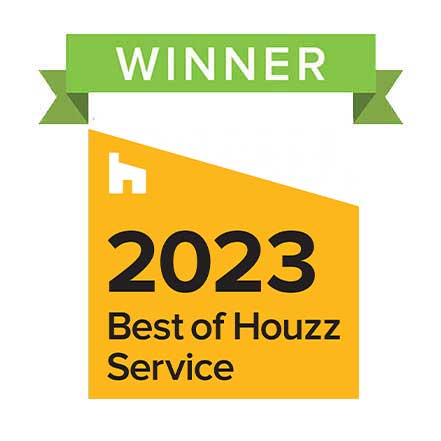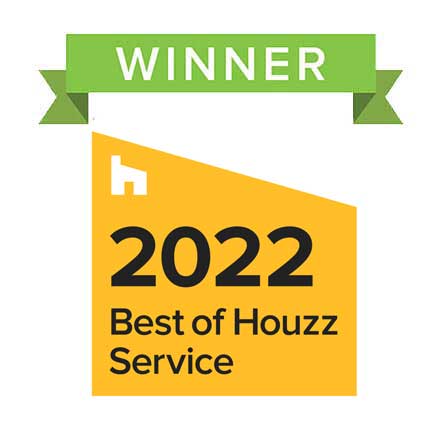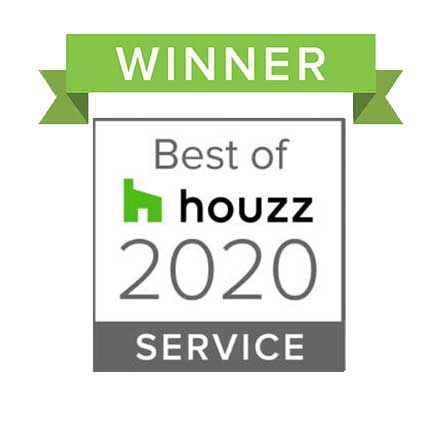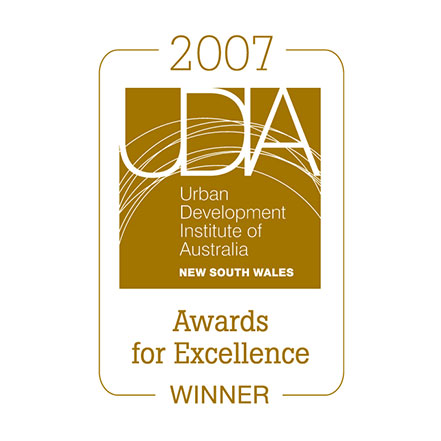As the COVID-19 pandemic has impacted our lives so dramatically over the past few months, we are only now beginning to realise that life will probably never return to the way it was before this crisis began.
We will be forced to adjust to a new “normal”.
We present 5 predictions as to how this contagion is likely to change our lifestyles and the way we design our homes in the future.
Lower Density Housing
In recent times there has been a discernible trend towards inner city living in high rise apartments. This has been led by population growth and a desire to live closer to work, or within easy walking distance of central entertainment precincts supporting a wide range of cafes, restaurants, and bars.
From Baby Boomer empty nesters to Gen Y professionals, the ideal of owning a house on a quarter acre lot with a large backyard garden was becoming an outdated living model.
Lot sizes have been shrinking as house sizes have grown, resulting in minimal outdoor space, no longer suited to many outdoor recreation or sporting activities. This is a topic we’ve explored previously – see our Living in 21st century Australia article.
Extended periods of confinement within our homes has clearly identified that having ready access to private space, whether inside or outside our homes, is vital for our mental and physical wellbeing.
Large backyards, once the preserve of suburbia, have gradually been replaced by smaller courtyards, outdoor terraces, or balconies as lot sizes in new residential estates have steadily decreased.
These areas now only provide sufficient outdoor space for sitting, dining, or cooking a BBQ, and perhaps a small garden.
The inability for families to play or exercise in these confined spaces is one of the major factors influencing the trend back to low density living.
A large backyard will once again be aspired to.

In addition, high density living now exposes us to potential risks of infection as numerous residents share the same communal spaces.
Even accessing homes within a medium or high density multi-residential building often requires travelling in a confined lift space, touching buttons, and other surfaces potentially harbouring infectious bacteria.
Urban Farming
Paradoxically this global pandemic which is believed to have originated in a marketplace in China has exposed our total reliance on the complex supply chain that stocks our fridges and pantries.
Whilst consumers in many Asian countries purchase their daily food needs from fresh produce markets once or twice a day, in western cultures we tend to only shop on a weekly basis.

The sudden irrational fear that our regular food supply chain would collapse, leaving us starving and locked in our homes with empty pantries and no toilet paper, resulted in a rush to shop every day, and to stockpile as much as we could to survive!
Nurseries were selling out of seeds and seedlings for fruit, vegetables, and herbs as those fortunate enough to have a garden, or somewhere to place a pot embraced self-sufficiency through “urban farming”.
Whilst this has been practiced for many years by European immigrants, carefully manicured gardens across the country are likely to be uprooted to make way for vegetable patches and orchards.

Expect to see a glut of chutney and other preserves in the years ahead.
More Flexible Living Spaces
This was an emerging trend before COVID-19 (https://leadesign.com.au/architect/top-architectural-design-trends-2020/) but will now become far more significant in the design of new homes.
Open plan living was evolving with the introduction of moveable walls or doors allowing spaces to be subdivided or enclosed for specific uses or functions.
The sudden need for whole families to share these common areas for work, exercise, dining, and relaxation has identified the need for additional dedicated spaces within the home.
This starts with the entry space.
Entry lobbies or mudrooms will become sanitisation zones where street or work attire, shoes, coats etc can be removed and stored.
Powder-rooms or wash areas will be located adjacent to the entry allowing for visitors to wash their hands before entering the inner sanctuary of the home.
The transition for many to working from home also highlighted the importance of dedicated work zones as it quickly became apparent that the dining table or lounge are not practical for this purpose.
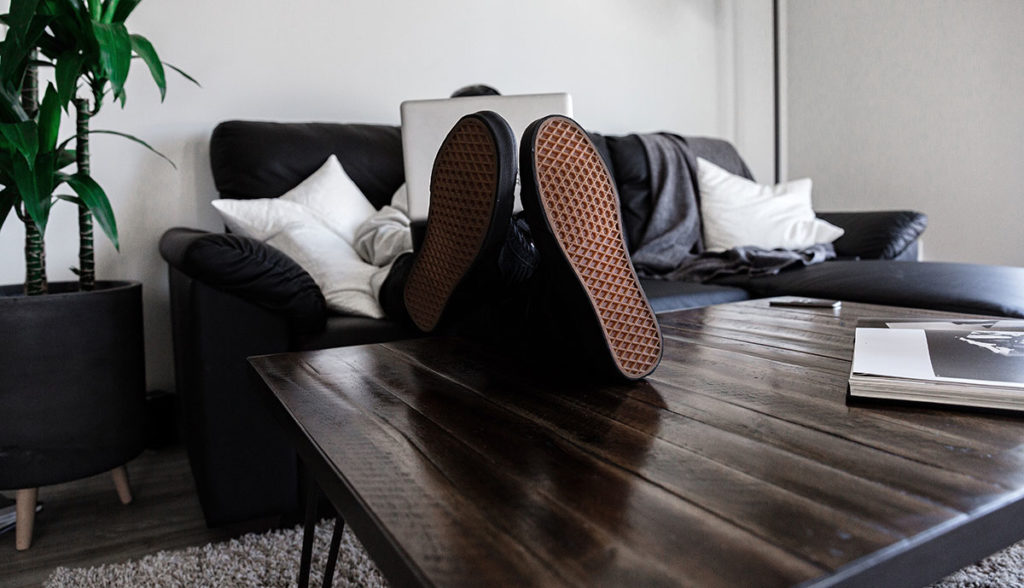
Study nooks or rooms that can be permanently set up for ergonomic work use, offering acoustic privacy and access to work equipment including desktop computers, screens and printers will become sought after as more of society embraces working from home on a full or part time basis.
The forced closure of restaurants and other public dining facilities has also seen a resurgence in home cooking – for those used to dining out on a regular basis it suddenly became a necessity for survival.
The kitchen will regain its status within the home, banishing the little used “show kitchen” to a historical fad from a different time.
The resurgence in popularity of baking will also ensure the oven in all of its iterations will be retained as an essential appliance.
The Butler’s pantry has been in ascendance for a while now, but the importance of allowing more space for additional refrigerators or chest freezers, and incorporating large storage cupboards to stockpile food, will become more of a priority.
Another casualty of the forced shutdown of public gathering spaces were commercial Gymnasiums and exercise equipment in public parks.
This created an unprecedented shortage of gym equipment, sports stores selling out almost as quickly as supermarkets and toilet paper.
Demonstrating our strong desire to exercise to maintain our fitness, or simply as a means of breaking the tedium of home isolation, dumbells and yoga mats have taken over our living spaces.
This has exposed another shortfall in many home designs with indoor or outdoor spaces too small or unsuitable for intensive workouts.

Flexible spaces that can easily be cleared of furniture to create an exercise area, or dedicated home gyms with suitable hard-wearing finishes, air conditioning, and equipment storage areas will become popular ensuring households can workout at their leisure, in any weather conditions, within the home.
Families cooped up together in the same household for extended periods has highlighted the importance of multiple separate living zones.
The master bedroom retreat, once the preserve of the very wealthy, will increasingly be incorporated into the parent’s private area within the home. Taking the form of a small lounge area within a larger bedroom, it will allow parents to “retreat” to their own sanctuary as the children take over the balance of the house.
The walk-in wardrobe however is likely to be an unexpected casualty of the new normal as WFH (WORK FROM HOME – yes, it now even has its own acronym) workers embrace “trackie dacks”, T-shirts and Ugg boots as acceptable work attire.
Wardrobes once filled with formal work clothes based on the past need to wear a fresh set of clothes every day of the week will no longer necessary. Much like TV news readers, we’ll now be able to make do with smart clothes to dress above waist level only for those occasional Zoom video conferences with Clients or colleagues. And who needs evening wear when there is nowhere to go out anymore?
And let us not forget the most important lesson we have learnt from this crisis. We cannot survive without toilet paper!
Expect bathrooms to increase in size as bidet sales skyrocket.
Hygiene
The risk of community transmission of the corona virus through contact with contaminated surfaces will see an increase in the use of anti-microbial finishes within our homes.
Unlike other metallic surfaces such as stainless steel which has been shown to harbour the Covid 19 bacteria for several days after contamination, bacteria, yeasts and viruses are rapidly killed on metallic Copper. Expect to see copper products used increasingly for benchtops, tapware and other applications.
Krion is another product suited for use in benchtops with antibacterial properties. It is a composite solid surface material comprised of natural minerals and binding resins similar to reconstituted stone.
Whilst not currently available in Australia, demand for the antibacterial properties of this product will undoubtedly see it imported in the future.
Richlite, an antimicrobial panel board manufactured using recycled paper sourced from environmentally sustainable forests (FSC) has a wide range of uses from external cladding to furniture design. It is easy to clean and can be used for benches and tabletops.
Since most materials we regularly touch in our work and home environments do not possess antibacterial properties (unless applied with special coatings), touchless technology will become more prevalent, especially in public spaces.
Facial recognition, motion sensors and audio controls will reduce the need to touch buttons, handles keypads etc to access controlled or closed spaces.
Self Sufficiency
In the not so distant past, the Cold War threat of nuclear war induced many people to install bunkers in their homes as protection against the fallout from a possible nuclear attack.
The recent response to the COVID-19 threat has highlighted our considerable dependence on others for survival and will see a resurgence in people’s desire for self-sufficiency and isolation from the world in an attempt to “ride out the storm”.

Whilst unlikely to result in homes being built with bunkers in the basement or a large proportion of the population moving off grid, our reliance on external sources for daily essentials such as power, fuel, food and water is certainly being questioned.
Solar power has already been adopted by many, and as battery storage technology improves, our reliance on external power generation will diminish. Solar harvesting technology is being incorporated into ever more building materials, and as the size of storage batteries continues to decrease, dedicated battery rooms or external storage space is being replaced by compact wall mounted cells.
Rainwater harvesting is also common and will continue to increase as the effects of climate change and recent droughts has clearly demonstrated the precarious situation we could face in the future if our dams dry up.
With 86% of Australians living in an urban environment, we are highly unlikely to ever be self-sufficient in our individual food production. This crisis has demonstrated however that many of us will give it a good hot go!
Within the space of a few short months, designing for the future as detailed in our January blog (https://leadesign.com.au/architect/designing-for-the-future/) has changed dramatically, with a multitude of new criteria to consider.
Welcome to the new contagious world.
You might also be interested in...
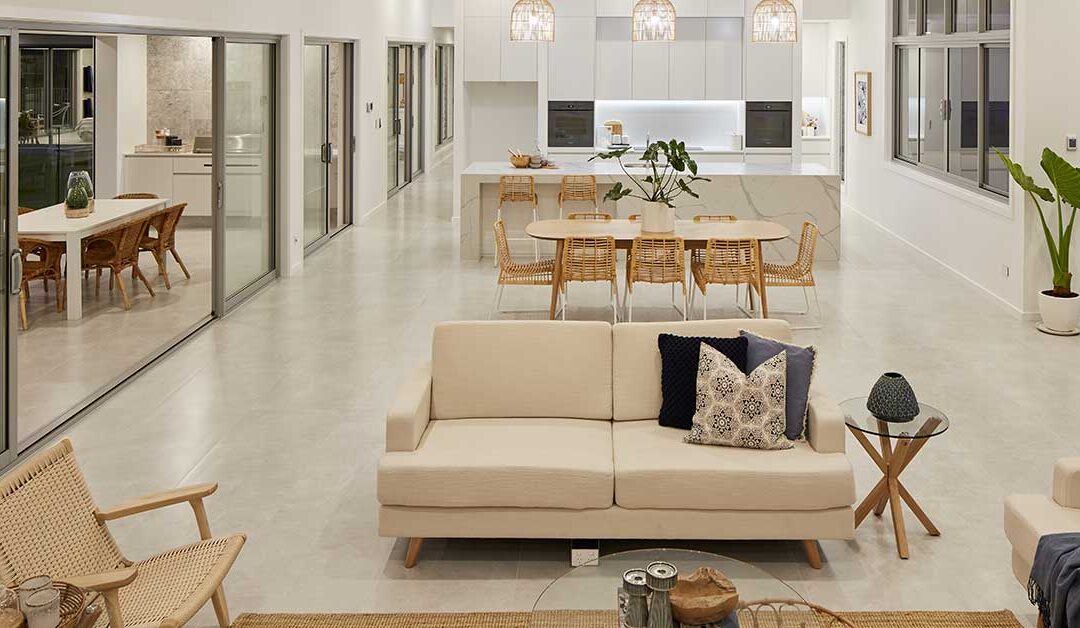
The Most Popular Home Configurations in Australia in 2024
Discover 2024’s top Australian home configurations: bedrooms, bathrooms, and parking preferences. Explore how changing lifestyles shape popular house configurations nationwide.
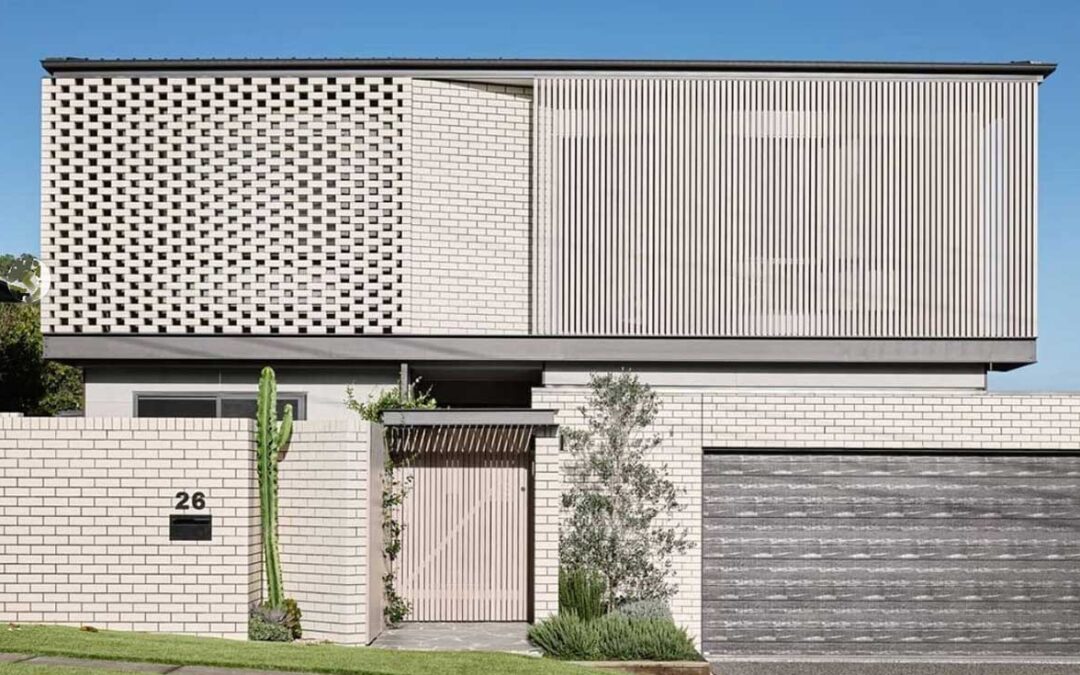
Exploring Contemporary Applications of Brise Soleil
Contemporary applications of Brise Soleil combine functionality, aesthetics, and sustainability, making them a popular choice in various building designs worldwide.




